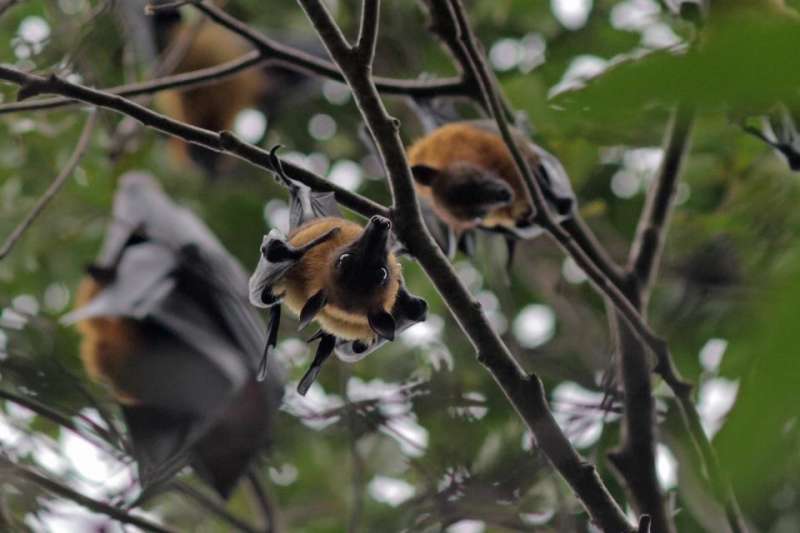Ambitious global virome project could mark end of pandemic era

Rather than wait for viruses like Ebola, SARS and Zika to become outbreaks that force the world to react, a new global initiative seeks to proactively identify, prepare for and stop viral threats before they become pandemics.
The Global Virome Project, described in an article of the same name to be published Feb. 23 in the journal Science, is an international partnership to identify and halt the spread of the majority of the planet's unknown viruses. Such an approach could mark the end of the "Pandemic Era," the authors say.
"We now have the ability to understand viral threats before they cause outbreaks," said Dr. Jonna Mazet, the paper's anchor author and Executive Director of the One Health Institute at the University of California, Davis, School of Veterinary Medicine. "It is time to move from reactionary mode, chasing the last horrible virus, to a proactive one. We can and will finally be able to identify future threats and take the steps necessary to prevent the next pandemic."
1.6 million viral species yet to be discovered
Most recent pandemics have animal origins, where diseases are transmitted from animals to people. The paper says an estimated 1.6 million viral species are yet to be discovered in mammal and bird populations. Of those, an estimated 650,000 to 840,000 have the capacity to infect and cause disease in humans.
Finding most of them is an ambitious but reachable goal. The proof of concept was validated through USAID's PREDICT program, which has found more than 1,000 unique viruses in animals and humans. This viral discovery program is led by the UC Davis One Health Institute and directed by Mazet. Having operated in more than 35 countries, PREDICT focuses on high-risk areas, where people and wildlife share changing landscapes and increasing pathogen transmission risks.
The Global Virome Project is designed to dramatically scale up PREDICT's efforts and accelerate viral discoveries.
"As the Global Virome Project builds up a picture of every virus's ecologic profile—which species it infects, where on the planet it's found, which communities and their livestock are exposed to it—we can target our vaccines and drugs to the people on the front line of the next emerging disease," said lead author Dr. Dennis Carroll, director of USAID's Emerging Threats Program in the Bureau for Global Health.
Prevention less costly than reaction
Preventing outbreaks can cost less than reacting to one. For instance, the global economic impacts of the 2003 SARS epidemic was an estimated $10 billion to $30 billion. Yet, the cost of identifying the viruses in advance and preparing for them remains a significant challenge.
The Global Virome Project estimates that discovering most of the remaining viral threats and characterizing their risk of spillover would cost less than 10 percent of responding to just one major outbreak, like the West African Ebola epidemic.
The authors compare the effort to the Human Genome Project in the 1980s, which led to new technologies that ushered in an era of personalized genomics and precision medicine. Similarly, the Global Virome Project could spur development of pathogen discovery technologies, provide a wealth of publicly accessible data and lead to unanticipated discoveries, perhaps viruses that cause cancers, mental health or behavioral disorders. It could also greatly improve the ability to identify vulnerable populations and prevent global pandemics.
International effort
The idea for the Global Virome Project began in 2016 when stakeholders from Asia, Africa, the Americas and Europe spanning industry, academia, intergovernmental agencies, nongovernmental organizations and the private sector began to design a framework for the project. Fieldwork in China and Thailand is expected to begin this year.
"I'm incredibly excited to be working with like-minded scientists and policy-makers from around the world, who are fed up with our inability to predict the next strain of deadly viruses," Mazet said. "We are ready to work together to stop the current vicious disease cycle and identify and stop viral threats at their sources."
More information: Dennis Carroll et al. The Global Virome Project, Science (2018). DOI: 10.1126/science.aap7463


















